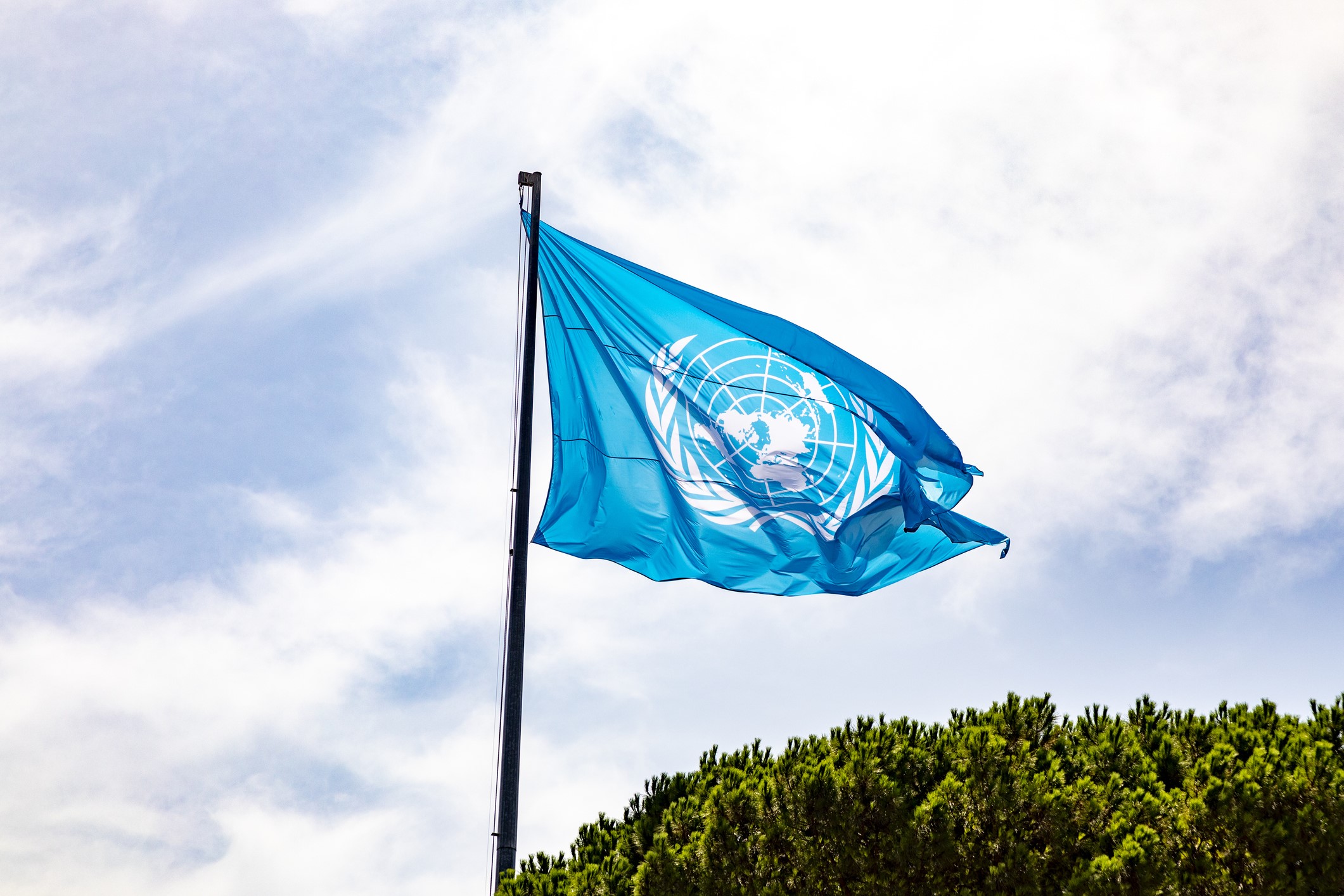
Photo Credit | iStock Photo
Elsamarie D’Silva is an Aspen Institute New Voices Fellow, part of a year-long program designed to bring more expert voices from the developing world into the global development discussion. Read below for a Q&A about her app, which enables users to contact emergency services if they feel unsafe or threatened.
Aspen Idea: You were an executive at an airline before founding Safecity. What made you decide to take up this work? Was there a specific moment that inspired you?
Elsamarie D’Silva: I was an airline management executive and had been in the aviation industry for 20 years. I had worked my way up the ranks and reached all the goals I had set myself and was looking for a career change to the development sector. I was seeking clarity on the issue I wanted to focus on.
It was during this time that two things happened – the airlines I worked for went through a financial downturn and it became apparent that I would need to look out for another job, and I was selected to attend a management program focused on corporate social responsibility and sustainability in business at the Swedish Institute. This program was instrumental in helping me think through options to focus on in the development sector and I started to work on women’s empowerment.
It was at this program that I first heard about crowd mapping by another organization to document sexual violence. So on our return to India (from the program), when the horrific Nirbhaya rape took place, it was quite apparent and urgent that we start focusing on women’s safety.
Nirbhaya’s rape was brutal and horrific and it brought home the fact that it could have been anyone of us in her place. For the first time in my recollection, I heard many women and girls, including my friends, start talking about our own experiences of sexual violence. It brought back all the long-forgotten memories of my own personal experiences that I had filed in my subconscious. I decided I could no longer sit back as a passive bystander; I had to do something concrete so that in the future gender-based violence would be unacceptable.
AI: What are the most surprising results that have come out of this project so far?
ED: There have been many surprising and shocking results. For one, sexual violence is so widespread. In every workshop I have done and every conversation I have had on this topic, almost every woman has confirmed that she has experienced it at least once, and in most cases, she has never reported it to the police or any other authority. Nor did she do something about it nor did she know her legal rights. So to me, it is shocking that we as women take this as “normal.” I constantly wonder when and how did it become so? And do we trivialize it by putting pressure on ourselves to “accept” it rather than put a stop to it?
Since we started mapping, we have data for more than 50 cities in India. Every city and every neighborhood within it has been mapped for a different type of harassment. This means that urban planning, composition of the residents, and other factors play a big role in contributing towards gender-based violence, at least in public spaces. Knowing these factors hopefully will make it easier to change it if we use the data to address it.
We have done workshops for nine-year-old children and 25 percent of them reported they were harassed and abused by known perpetrators. That to me was shocking because there probably were more children that did not report it during the workshop. Parents need to be more aware of child sex abuse and put measures in place so that their children are safe. They also need to ensure communication channels are open at all times so that their children feel comfortable enough to go to them and share their experiences and fears.
AI: What is the next step in your work?
ED: We are strengthening our platform and over the next five years, we would like to reach one million women and girls. It is important for them to know that they are not alone and to recognize sexual violence. They must know the laws and their legal rights and hopefully they will feel empowered to stand up for themselves. We must have zero tolerance towards gender based violence.
Our mobile app will be out soon in the Android mode. Hopefully that should be easy to use to report, share experiences and get their friends to be part of it too.
We have had requests from several other organizations in Bangladesh, Uganda, Kenya, and Cameroon to help them map sexual violence. So hopefully we will be able to help them with the technology we create.
We also hope to be self-sustainable, so we are looking to partner with corporations to sponsor our work.

